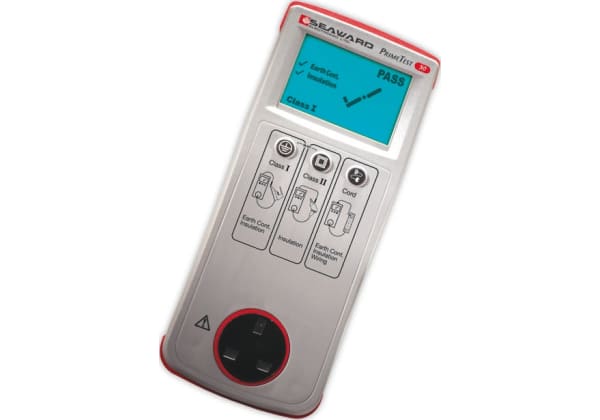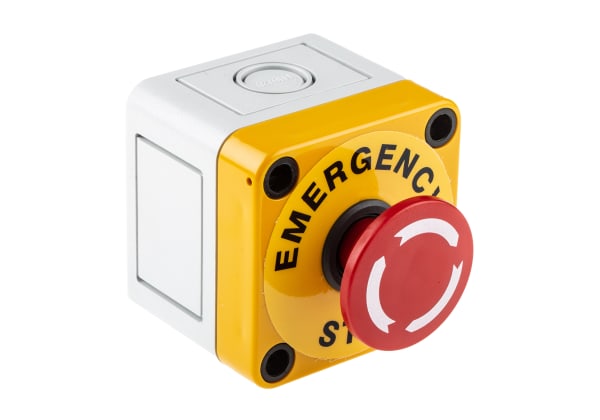- Published 24 Jan 2023
- Last Modified 22 Apr 2024
- 11 min
A Complete Guide to Crimp Tools
Everything you need to know about crimp tools, including the types, the best brands, and how to use them.

What is a Crimp Tool?
Crimp tools are a varied collection of devices used to join materials or components by pressing them together and creating a seal or crimp. One of the most common uses of crimping tools is the attachment of connectors to the end of electrical cables.
Many crimping tools are multi-functional, with compression available alongside bending, cutting, stripping and similar actions. They are designed to work with particular cable, wire or pipe sizes - or gauges – and some models work with several.
Crimp Tool Categories
There are various types of crimp tool available, each with distinct advantages and disadvantages. For smaller crimping requirements, where precision is key, a manually-operated crimp tool will most likely be sufficient. However, when more power is required, hydraulic and electrical models are also available.
- Handheld - Manually operated crimp tools are typically easily portable and are used for smaller items. Visually, they resemble traditional pliers with clamps that bear a ridge on one side and a notch on the other. Crimping pinches the wire and connector into the notch, compressing them together
- Electrical - Battery operated crimp tools require less effort to apply the required crimping pressure as they bring additional battery power to portable models. Different models of electrical crimping too, are available to meet varying requirements, some with ratchets and ergonomic fittings
- Benchtop - These models are bulkier, higher capacity variations designed to be mounted on workbenches to accomplish more demanding crimping tasks. Some are powered by electric motors and others by hand
- Hydraulic - Hydraulic crimp tools require very little effort to operate, with their compression power supplied by hydraulic fluid. They deliver maximum power for demanding repair, maintenance and industrial applications
- Pneumatic – Compressed air-based tools can bring serious force to crimping applications, delivering power for heavy-duty applications. Similarly, to hydraulic tools, pneumatic models use air pressure for the same purpose, and they are available in both manual and workbench models
Types of Crimp Tool
Crimp tools can be used for many different applications across a range of industries and environments. Here are some additional types of crimp tool:
Bootlace Crimp Tools
As the name suggests, bootlace crimp tools are specifically designed to work with bootlace ferrules, which require a different form of crimping to standard cabling. Precision must be combined with force to ensure a strong indent crimp.
Most bootlace crimping tools are electrically insulated and feature ratchets to ensure the dies are not released until a firm connection has been made. Also, look for crimpers with ergonomic handles for comfort during use.
Bootlace lugs are ferrules in a bracket or angled design and require crimping tools with a clamping facility compatible with this shape.
Auto Electrical Crimping Tools
Automotive electrical crimping tools are designed to provide sturdy joins for the multiple electrical connectors and cables within car engines. These include non-insulated, pre-insulated, battery and ignition terminals, with different tools available for each, all in standard plier designs.
Mini Crimp Tools
Mini crimp pins are manufactured for use with thinner wiring widths. Close-up precision is required, as well as flexibility within tight operating spaces. Some models feature rotatable flip-top heads, making them ideal for use within very confined areas.
PEX Crimp Tools
PEX (cross-linked polyethylene), is a form of flexible plastic that is increasingly used to make water pipes instead of the traditional copper or steel.
It is considerably easier to install and join lengths of plastic than copper or steel tubing. No welding is required, just specialised PEX crimping tools designed to grip the piping firmly and apply the appropriate pressure. Typically used in conjunction with steel clamps, most such tools are accessible to DIY enthusiasts as well as professionals.
Amp Crimp Tools
Amp connectors are multi-pin devices typically fitted within plastic housing. Specialist amp crimpers apply the precise force required to form a strong connection with suitable cabling.
RJ45 Crimping Tool
The RJ45 crimping tool is a flexible and powerful handheld crimper, compatible with CAT5e, CAT6, CAT6A and CAT7 terminals.
RJ9 Crimp Tool
The RJ9 is a widely used handheld crimp tool fitted with three dies (crimping heads) compatible with the standard connector types RJ45, RJ11 and RJ12. This adaptability means engineers require fewer items in their crimp toolsets when conducting repairs or installations.
What are Crimp Tools Used for?
Crimp tools come in different shapes and sizes and are used in many settings, but they all have one fundamental use - to create a firm and reliable bond.
Electricians, mechanics and engineers typically make heavy use of crimp tools when installing or replacing cables and wires. These tools allow the wiring heads to be precisely fixed to connectors or terminals, forming an exact electrical union.
Electrical crimps do not use solder, making them mechanically stronger. However, they must still be gas-tight - impermeable to oxygen or moisture, to protect the metals within each circuit from potentially dangerous corrosion. Electricians also use crimp tools to fix ferrite beads to wiring to control the flow of current and prevent electromagnetic interference. Ferrite is a blend of ceramic and iron alloy. Pure ceramic beads also play an important role in electrical insulation.
Crimp Connectors and Accessories
Crimp connectors are multi-sized metal fittings used to fix lengths of cables and wires to other lengths or components. They serve as electrical terminals - the place at which a particular conducting wire reaches its end.
Crimp connectors are typically fixed over a short length of exposed inner wiring after the insulation has been removed. They are used when occasional detachment may be required, or when soldering would not be appropriate.
Connectors are made from materials malleable enough for compression within crimping tools. They are available in multiple shapes for different uses. Common ones include:
- Ring Connectors – for secure attachments to terminals
- Quick Disconnect Connectors - typically barrel or blade-shaped
- Butt Connectors – for wire splicing
- Spade Connectors – for slide connections into terminals
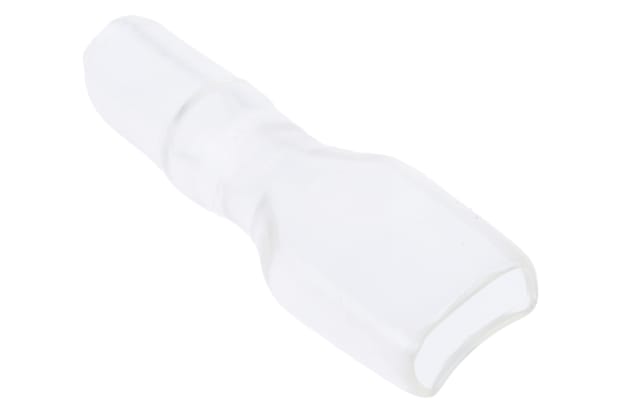
Crimp Terminals
Crimp terminals are a type of connector used to join conductors (cables or wires through which a current is running) to a component.
To crimp a terminal, it is normally placed within the crimping tool, with the wire then inserted as far as space permits. The crimping tool is then used to apply sufficient force to permanently cold weld the terminal to the wire.
Crimp terminals are available in a variety of designs and materials suitable for different uses and temperatures, and most are colour coded to indicate the matching wire size.
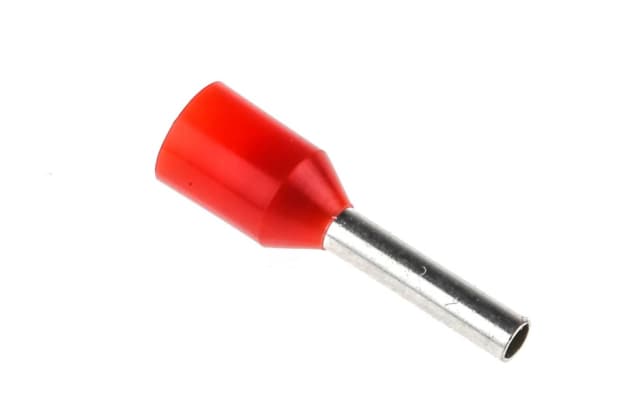
Bootlace Ferrules
Crimping bootlace ferrules are a type of crimp connector combining a metal tube that has been crimped over a wire. They are also known as cord end terminals and are typically used with multi-stranded wires to avoid the strands fanning out - thereby creating a stronger electrical connection. Most are also fitted with a colour-coded insulation collar to protect the connection and help to hold the wiring in place.
Ferrules are fitted to cabling that has been partially stripped. This is then inserted into the bootlace ferrule so that the peeled insulation covers the collar and the stripped section of wire is within the metal tube. A crimping tool is then applied to create a strong join between the bare cable and the metal tubing (rather than crimping insulated wire) before the ferrule itself is attached to screw or clamp terminals.
Crimped bootlace ferrules provide a highly reliable contact for use in demanding environments like control units, switching cabinets and circuit breakers.
How to Use a Crimp Tool
Professionals apply a variety of crimping techniques, depending on the type of crimp required and the wires or cables involved.
Coaxial cable is a widely used form of insulated wiring, used for signals sensitive to outside interference. The shielding that protects the signal requires a special form of crimping to maintain its integrity.
Here is a step-by-step guide detailing how to crimp coaxial cable:
- Cut the coax with sharp wire cutters, creating a square end but maintaining a cylindrical shape
- Insert the coax into a specialist stripping tool, apply even pressure, and turn the cable carefully
- Remove the coax from the stripping tool and carefully peel away the outer coating of the wire from the cuts made by the stripper, exposing a length of foil
- Carefully peel back the foil to expose the metal mesh within, then bend the metal mesh itself back smoothly over the wire. Be careful not to touch the second layer of foil beneath the mesh
- Insert the coax into a cylindrical F connector without twisting it in the process. The insulation around the central wire within the coax should be pressing against the front flange of the F connector
- Crimp the connection using a suitable coax crimping tool. Apply firm pressure and then release
How to Use Insulated Crimp Terminals
Take a look at our video to learn how to use insulated crimp terminals safely and efficiently. This video provides a useful overview, giving you the basics you need to know in order to operate a crimp terminal.
Alternatively, click the button below to browse our full range of wire terminals and splices.
Popular Crimp Tool Brands

TE Connectivity
TE Connectivity (TE) provides a wide variety of portable crimp tools. Whether you need manual tooling or something with more power, TE has the tool for you. Our SDE dies can be used across platforms from manual to pneumatic to battery-powered as your needs change. We also carry tools for insertion and extraction, IDC, networking applications and so much more.
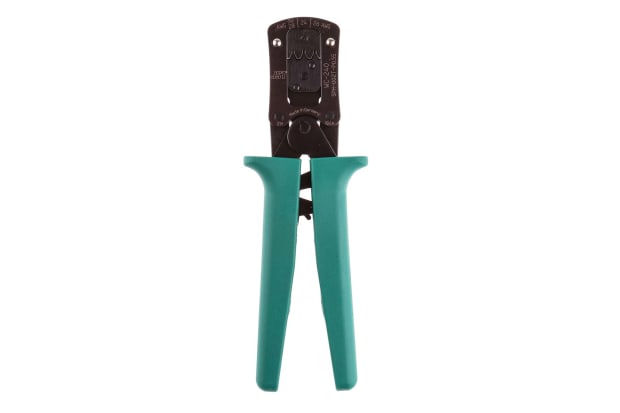
JST
JST, or Japan Solderless Terminal, is one of the largest manufacturers of electrical connectors in the world. The company produces as many as 50,000 different connectors, despite a popular misconception that they make just a single connector.
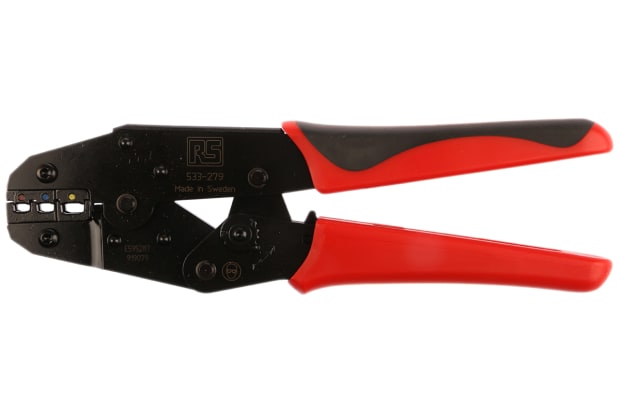
RS Pro
Our in-house range of high quality, reasonably priced products, including various models of crimping tool. In addition, we also offer bootlace ferrules, crimp dies, crimp tab terminals and terminal covers.
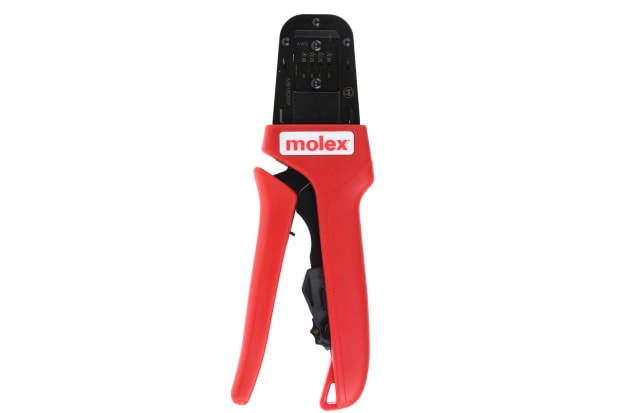
Molex
Molex manufacturers a wide range of electrical components, connectors and systems. Molex crimping tools are available for a wide range of connectors and terminals, and include both manual and ratchet-operated models, along with automotive products.
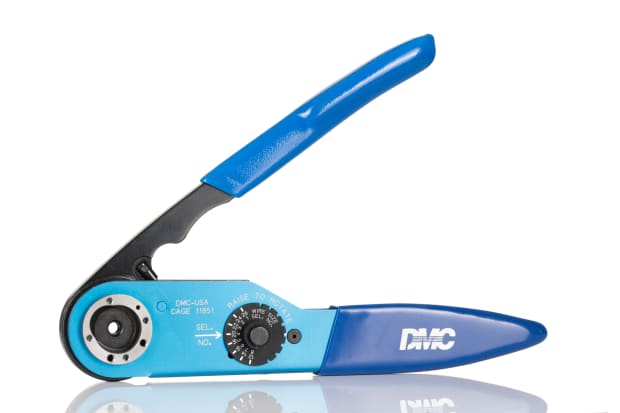
DMC
The Daniels Manufacturing Corporation (DMC) is a major producer of tooling and electronic components. DMC crimp tools include an extensive range of flexible workbench, battery-operated, pneumatic and manual models.
